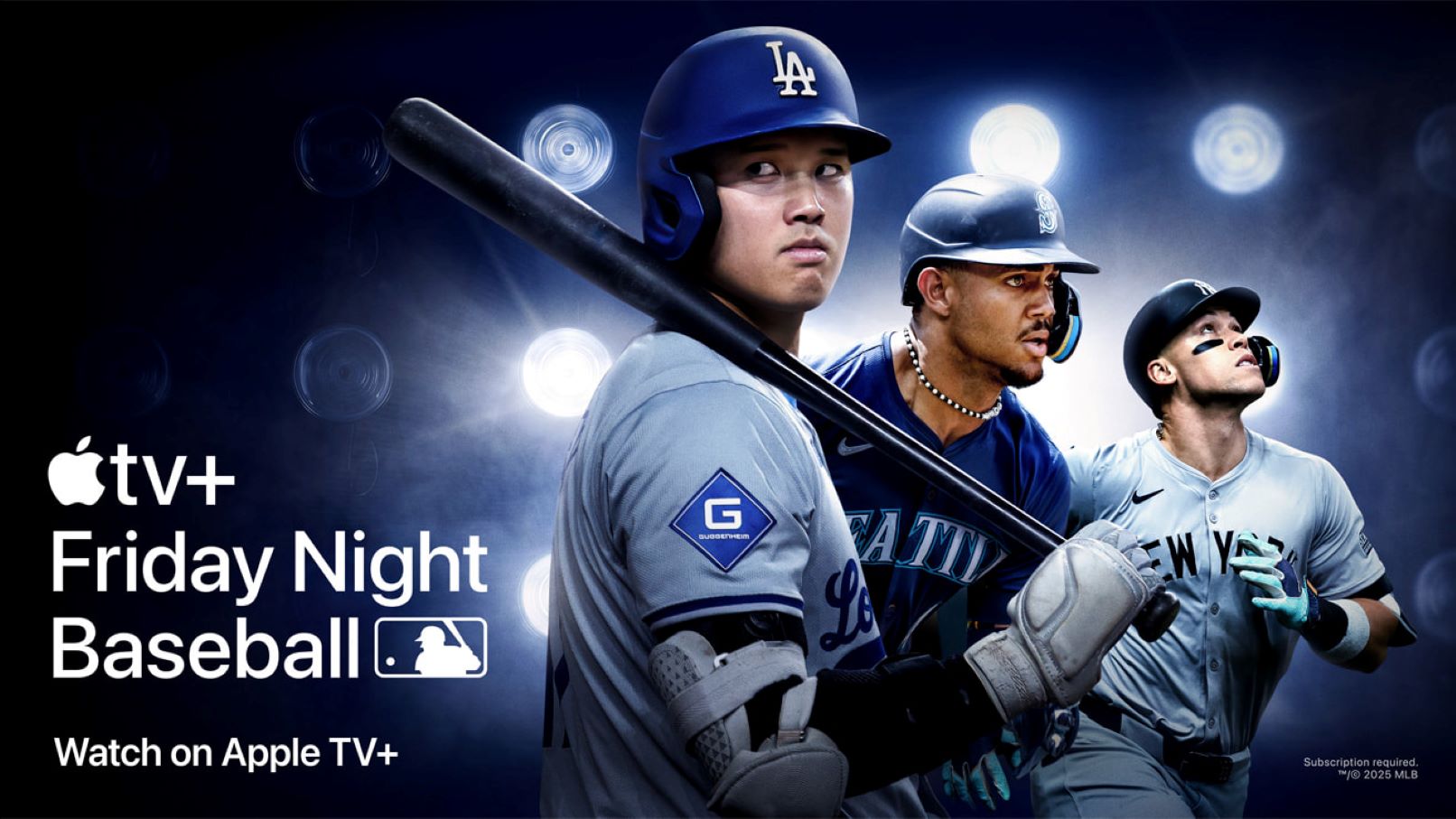In a notable shift for users of Microsoft’s creative tools, the company has decided to discontinue its Paint 3D app. This move marks a significant transition in Microsoft’s approach to in-built creative software, favoring traditional utilities over newer, less utilized ones.
What’s Happening?
Microsoft will officially remove Paint 3D from the Microsoft Store on November 4, 2024. From this date forward, users will no longer be able to download or receive updates for the app, although existing installations may continue to function. This decision caps off a turbulent period for Paint 3D, which was originally touted as a modern successor to Microsoft Paint upon its release in 2017 alongside the Windows 10 Creators Update.
The Background
Paint 3D was introduced as part of a larger push by Microsoft into 3D content creation, which coincided with the development of its HoloLens and 3D features for Windows phones. The app allowed users to create 3D images and integrate them with 2D artwork, offering features like 3D object manipulation and mixed media editing.
However, despite its innovative features, Paint 3D struggled to gain a foothold among users. Many found the app’s interface and functionality overly complex for casual use, especially compared to the much-loved simplicity of the classic Paint app. This user feedback led Microsoft to reconsider its strategy, ultimately maintaining support for the original Paint and scaling back on Paint 3D.
User Impact and Reception
The reception to Paint 3D has been mixed throughout its lifecycle. Initially, there was excitement about the potential for easy 3D content creation. Over time, however, the reality of the app’s usability and practicality set in. Users expressed preferences for the straightforwardness of classic Paint, leading to a decline in Paint 3D’s user base. Recent updates to the app have been poorly received, further diminishing its standing within the community of Windows tools users.
Looking Ahead
The removal of Paint 3D aligns with broader changes in Windows’ software offerings, reflecting a pivot back to more traditional applications that align with user expectations and experiences. Microsoft’s recent updates to the classic Paint app, integrating more modern design elements while maintaining its user-friendly interface, suggest a focus on refining core experiences rather than expanding into new, untested territories.
Microsoft’s decision to sunset Paint 3D and re-emphasize classic Paint represents a recalibration of its software development philosophy, focusing on stability, functionality, and user satisfaction. As we look towards future updates, the tech community will be keen to see how Microsoft balances innovation with the practical needs of its vast user base.








